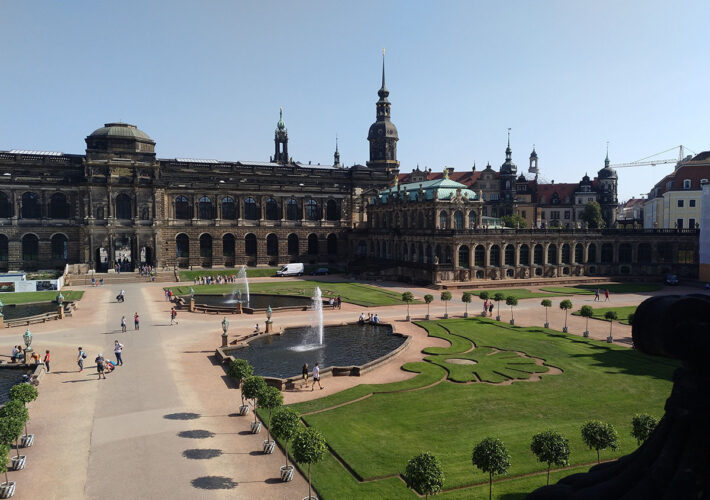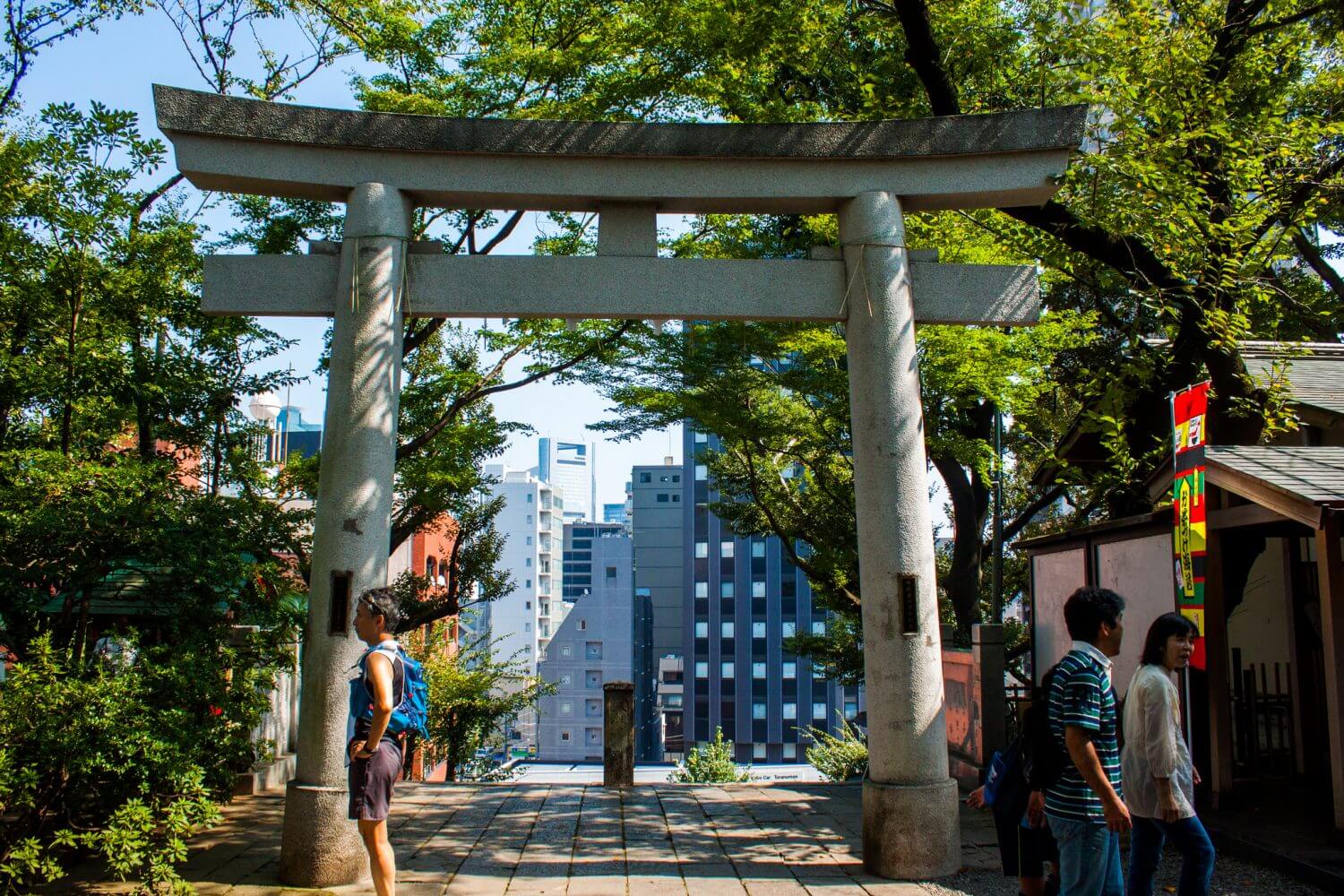Brühl’s Terrace, or Brühlsche Terrasse, also known as the “Balcony of Europe”. The area where the Terrace now stands is where the ancient old city ramparts were built in 1738. Once the Fort was no longer needed to protect the city from invaders, it was converted, by the King’s orders, into an outdoor garden and space for the citizens of the city.
The Porcelain Gallery is easy to find. It is right underneath the glockenspiel that rings in the Zwinger every hour. The bells on the outside are also made from the same famous porcelain that is on display inside the gallery.
The Mathematisch-Physikalischer Salon or Royal Cabinet of Mathematical and Physical Instruments contians within it a myriad of historic clock and various different scientific instruments. But the incredible part about this museum is that these items not only serve a functional purpose but also are some incredbily beautifully artistic creations to feast your eyes on.
Standing at the base of the stone staircase, looking up at the Atago Shrine, can be an intimidating sight. Atago hill is over 26 meters above sea level and atop this giant stone staircase is one of Tokyo’s hidden gems: the Atago Shrine.




